当前位置:
X-MOL 学术
›
J. Alloys Compd.
›
论文详情
Our official English website, www.x-mol.net, welcomes your
feedback! (Note: you will need to create a separate account there.)
Structure, Judd-Ofelt analysis, and spectral characteristics of terbium doped P2O5-B2O3-ZnO-SrO glasses for green lasers and trichromatic white light-emitting diodes
Journal of Alloys and Compounds ( IF 5.8 ) Pub Date : 2024-07-25 , DOI: 10.1016/j.jallcom.2024.175596 Nanshan Ma , Zhiwei Luo , Haozhang Liang , Longqing He , Anxian Lu , Taoyong Liu
Journal of Alloys and Compounds ( IF 5.8 ) Pub Date : 2024-07-25 , DOI: 10.1016/j.jallcom.2024.175596 Nanshan Ma , Zhiwei Luo , Haozhang Liang , Longqing He , Anxian Lu , Taoyong Liu
The Tb doped PO-BO-ZnO-SrO (PBZS system) glasses were prepared by the melt-quenching method. The structural, physical, thermal, and optical properties of the Tb doped PBZS glasses are thoroughly investigated. The thermal behaviour shows that the PBZS system exhibits a higher thermal stability. FTIR and Raman spectra reveal that the lower OH content and phonon energy favors the fluorescent properties. XPS analysis reveals that the Tb ions predominantly exist in the trivalent state. The Judd-Ofelt theory indicates a higher covalency between the Tb and O ions. Based on the excitation spectra, the phonon sideband characteristics of Tb are observed, which has rarely been reported in previous studies. Under 378 nm excitation, all the glasses display cold and intense green emissions. The spectral results indicate that the optimum doping content of TbO is 1.5 mol%, at which point the quantum yield is 29.67 %, and even reaches or exceeds those of the Tb doped glass-ceramics (28.62 %). The energy transfer between the Tb ions is mainly dominated by the dipole-dipole interactions. The lifetimes obtained are all at the millisecond level. Time-resolved emission spectra confirm the photoluminescent stability of the Tb ions. The PBZS glass doped with 1.5 mol% TbO presents the higher branching ratio (71.69 % >> 50 %), emission cross-section (2.20 × 10 cm), gain bandwidth (2.09 × 10 cm), and optical gain (.54 × 10 cm·s). A nearly negligible chromaticity shift (0.94–2.33 × 10) in 293–473 K that the Tb doped PBZS glasses feature excellent thermochromic properties and thermal stability. The PBZS glass doped with 1.5 mol% TbO is a potentially preferable fluorescent material for exploiting green lasers and trichromatic white light-emitting diodes (WLEDs).
中文翻译:

用于绿色激光器和三基色白光发光二极管的掺铽P2O5-B2O3-ZnO-SrO玻璃的结构、Judd-Ofelt分析和光谱特性
采用熔融淬火法制备了 Tb 掺杂 PO-BO-ZnO-SrO(PBZS 系)玻璃。对 Tb 掺杂 PBZS 玻璃的结构、物理、热和光学性能进行了深入研究。热行为表明PBZS系统表现出更高的热稳定性。 FTIR 和拉曼光谱表明,较低的 OH 含量和声子能量有利于荧光特性。 XPS分析表明Tb离子主要以三价态存在。 Judd-Ofelt 理论表明 Tb 和 O 离子之间存在较高的共价键。基于激发光谱,观察了Tb的声子边带特征,这在以前的研究中很少报道。在 378 nm 激发下,所有玻璃都显示出冷而强烈的绿色发射。光谱结果表明,TbO的最佳掺杂含量为1.5 mol%,此时量子产率为29.67 %,甚至达到或超过Tb掺杂微晶玻璃的量子产率(28.62 %)。 Tb 离子之间的能量传递主要由偶极-偶极相互作用决定。获得的寿命都是毫秒级别的。时间分辨发射光谱证实了 Tb 离子的光致发光稳定性。掺杂1.5 mol% TbO的PBZS玻璃具有更高的支化比(71.69 % >> 50 %)、发射截面(2.20 × 10 cm)、增益带宽(2.09 × 10 cm)和光学增益(. 54 × 10 厘米·秒)。 Tb 掺杂 PBZS 玻璃在 293–473 K 范围内的色度漂移 (0.94–2.33 × 10) 几乎可以忽略不计,具有优异的热致变色性能和热稳定性。掺杂 1.5 mol% TbO 的 PBZS 玻璃是开发绿色激光器和三基色白光发光二极管 (WLED) 的潜在首选荧光材料。
更新日期:2024-07-25
中文翻译:

用于绿色激光器和三基色白光发光二极管的掺铽P2O5-B2O3-ZnO-SrO玻璃的结构、Judd-Ofelt分析和光谱特性
采用熔融淬火法制备了 Tb 掺杂 PO-BO-ZnO-SrO(PBZS 系)玻璃。对 Tb 掺杂 PBZS 玻璃的结构、物理、热和光学性能进行了深入研究。热行为表明PBZS系统表现出更高的热稳定性。 FTIR 和拉曼光谱表明,较低的 OH 含量和声子能量有利于荧光特性。 XPS分析表明Tb离子主要以三价态存在。 Judd-Ofelt 理论表明 Tb 和 O 离子之间存在较高的共价键。基于激发光谱,观察了Tb的声子边带特征,这在以前的研究中很少报道。在 378 nm 激发下,所有玻璃都显示出冷而强烈的绿色发射。光谱结果表明,TbO的最佳掺杂含量为1.5 mol%,此时量子产率为29.67 %,甚至达到或超过Tb掺杂微晶玻璃的量子产率(28.62 %)。 Tb 离子之间的能量传递主要由偶极-偶极相互作用决定。获得的寿命都是毫秒级别的。时间分辨发射光谱证实了 Tb 离子的光致发光稳定性。掺杂1.5 mol% TbO的PBZS玻璃具有更高的支化比(71.69 % >> 50 %)、发射截面(2.20 × 10 cm)、增益带宽(2.09 × 10 cm)和光学增益(. 54 × 10 厘米·秒)。 Tb 掺杂 PBZS 玻璃在 293–473 K 范围内的色度漂移 (0.94–2.33 × 10) 几乎可以忽略不计,具有优异的热致变色性能和热稳定性。掺杂 1.5 mol% TbO 的 PBZS 玻璃是开发绿色激光器和三基色白光发光二极管 (WLED) 的潜在首选荧光材料。









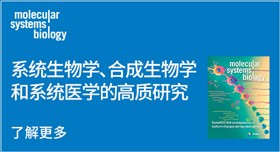

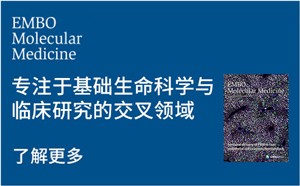





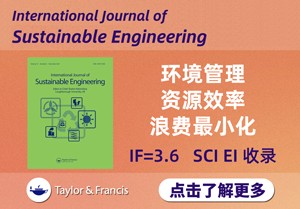
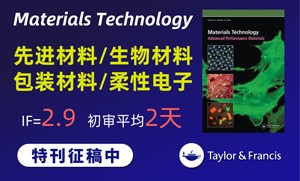
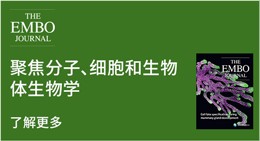
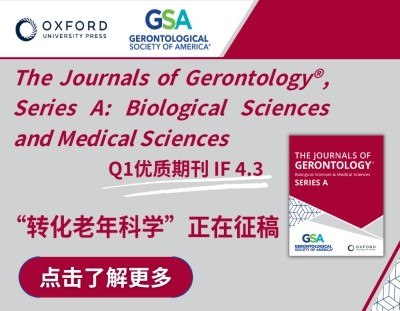
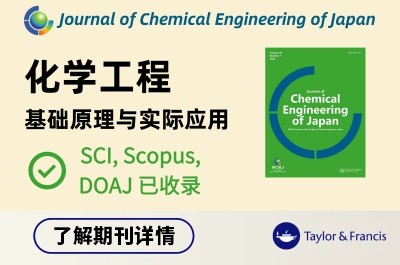








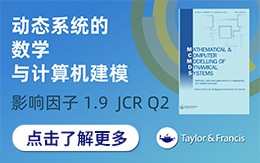




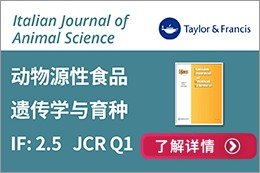














 京公网安备 11010802027423号
京公网安备 11010802027423号